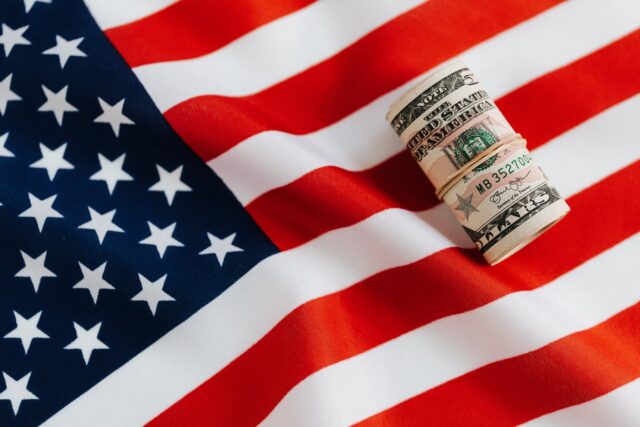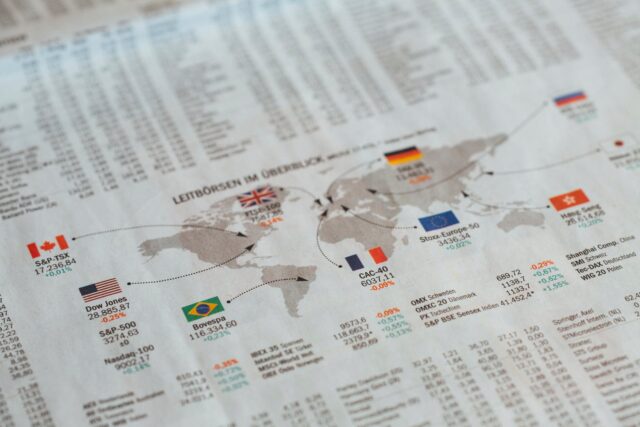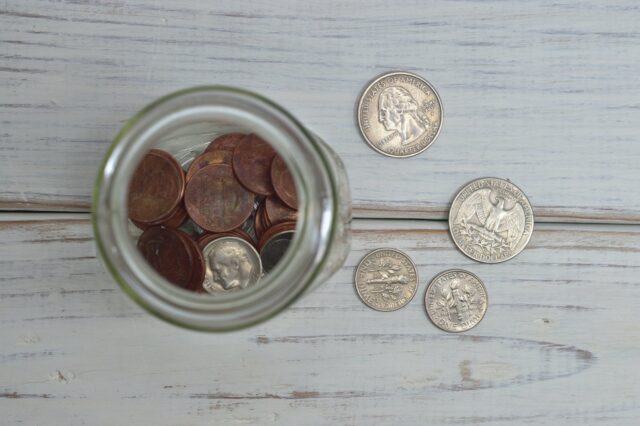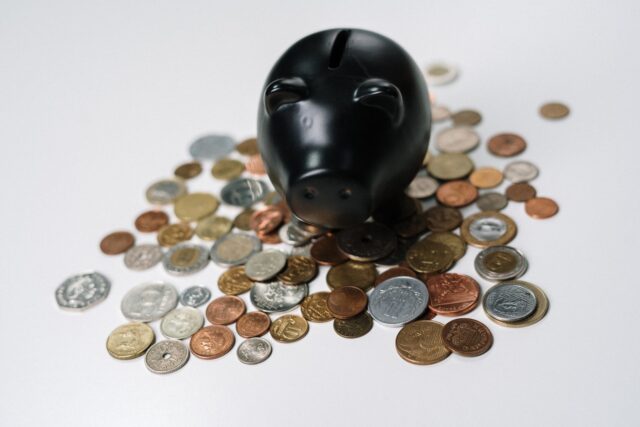
The world is in a pretty uncertain place right now. With so much craziness going on in relation to the COVID-19 pandemic, world markets and economies have been fluctuating in ways that are hard to predict. This is the likelihood in most global events, that there will be fluctuations and shockwaves from the fallout of these big problems. While the world is slowly getting back to normal, it is important to understand the effect it has on currency.
When it comes to reacting to world events, currencies and markets are the most likely to be impacted because they are so inherently linked to one another. Predicting currencies is, again, tough even during uncertain events because there is so much to account for. The most important currency maybe of all to predict is the U.S. dollar because it is one of the most powerful worldwide, used in nearly all business, and is linked to exchange rates for the other most powerful currencies. Here are some predictions on if the U.S. dollar will rise or fall.
Potential Factors for a Rising U.S. Dollar

There are so many variables that need to be addressed but it is good to know that even in a tumultuous year, there is still a light at the end of the tunnel. Finding the potential factors that indicate that the U.S. dollar will rise come from numerous sources. Whether it is in certain economic functions or speculation based on past events, the factors are nearly endless.
● Success of U.S. Currency Globally
The U.S. dollar is powerful and the world knows it. The conversion rates have shown that the U.S. dollar rebounded pretty well from a short dip back in March when the global pandemic occurred. This is evident in how it stacks up compared to currencies like the GBP, which is among the other most-traded currencies. If you check here, you can see how the U.S. dollar has fared as a source of stable currency for trading or for economic power the past few months and it looks like the events of the past few months have done little to stop growth.

● Inflation Rates
Inflation rates are a boogeyman for a lot of people. They hear how inflation is increasing by X percentage and assume that currency loses its relative power, but that is not true in the case of the U.S. dollar. So while the buying power may change based on the relative cost of goods, supply and demand, and more information available from these experts, there is a strong belief that this year is going to end on a high note for the U.S. dollar. Inflation will dictate that the demand for economic growth in relation to this currency is going to be met. However, it is important to note that inflation rates that skyrocket or continue to climb would not be an amazing setup for a rising U.S. dollar.
Potential Factors for a Falling U.S. Dollar

In terms of potential factors for a falling U.S. dollar, there are also a steady amount of variables that are going to be ever-present. Most of these are directly related to the global events that have occurred since the beginning of the year up to the current economic and/or political climate.
● Economic Reopening
It might seem like reopening the U.S. economy is going to lead to a stronger U.S. dollar but that might not be as true as we once thought. Some financial institutions are warning that risk of reopening is going to cause a short in the currency, one which will impact investors. This is an expected problem that was predicted but could potentially lead to a rebound in U.S. dollar strength, but in short term predictions, it looks to be a source of weakness in speculation around the currency. This is also coupled with the fact that there is currently a lot of political instability going on in the U.S., which is important to factor in reopening an economy.

● Global Stability of Trade
It might seem rather ironic that global stability would be a cause for the dollar to fall, but it is surprisingly so. If world trade is running smoothly with little geopolitical turbulence, then other currencies are only going to gain strength from a relative lack of friction. U.S. trade to other countries would help boost their own currencies and in the long run make buying, trading, or investing in the U.S. dollar a worthy, but not overpowering desire. If you could buy similar currencies that gained value because the U.S. dollar was not the only competition on the block then it would definitely weaken its position as the go-to for investing.
What to Make of It All

It might seem hard to determine how this will shake out but as of a little over halfway through the following year, the U.S. dollar is fairly stable. The risks for falling, as well as the benefits of rising, still should be present in anyone interested in forex trading. The currency market can be shaken up at any time by a wide variety of possible outcomes. There is certainly potential for more risks or rewards that can change the outlook of the U.S. dollar, and by virtue of other global currencies, but it is not exactly an easy task to predict anyone such cause being directly linked to its performance.
Predicting currency fluctuations, good or bad, has proven to be a tough thing to index. Even the experts of financial institutions and seasoned investors can often find themselves scratching their heads searching for answers or sources for uncertainty. The fact of the matter is that there is a plethora of rising and falling actions that can be attributed and they relate to economic stability (growth or decline), global political issues, domestic political concerns, relative performance. In any case, these are some potential predictions that could be in the forecast to watch when analyzing the U.S. dollar.







